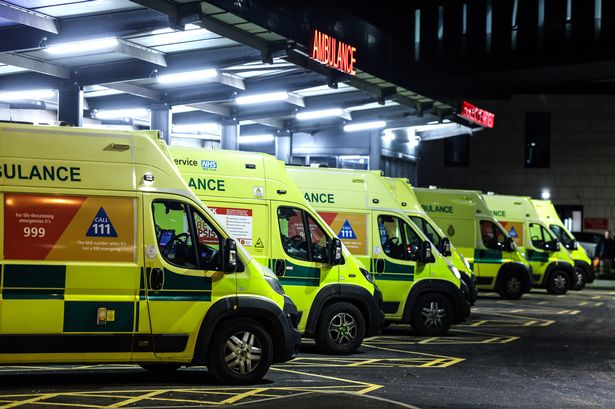The NHS Royal Liverpool Hospital recently faced a critical overload, with patients enduring agonizing waits of up to 91 hours in the Accident & Emergency department. This extreme congestion triggered an urgent internal plea from hospital leadership, urging staff to expedite patient discharges to alleviate the “full capacity” crisis. The prolonged waiting times represent a severe strain on the hospital’s resources and a distressing ordeal for patients requiring urgent medical attention. This incident highlights the broader challenges facing the National Health Service, including chronic understaffing, bed shortages, and escalating demand, which collectively contribute to overwhelmed emergency departments and compromised patient care.
The extended waiting periods in A&E are not merely an inconvenience; they pose significant risks to patient health and safety. Patients with time-sensitive conditions, such as strokes, heart attacks, or severe injuries, could face irreversible damage or even death if treatment is delayed for hours, let alone days. Furthermore, the overcrowded conditions within the emergency department can compromise infection control measures, increasing the risk of patients acquiring hospital-acquired infections. The emotional and psychological toll on patients and their families is also substantial, as anxiety and uncertainty escalate during prolonged waits in a stressful and often chaotic environment.
The hospital administration’s call for increased discharges suggests a bottleneck in patient flow. While expediting discharges can create much-needed bed space in the short term, it must be carefully managed to ensure patient safety and well-being. Premature discharges without adequate support and aftercare can lead to readmissions, exacerbating the overall strain on the healthcare system. Effective discharge planning requires a coordinated approach involving medical staff, social workers, and community healthcare providers to ensure that patients have the necessary resources and support to continue their recovery outside the hospital setting.
Several contributing factors likely converged to create this crisis at the Royal Liverpool Hospital. Chronic underfunding of the NHS has led to staff shortages across various departments, including nursing, medical, and support staff. This shortage compromises the hospital’s capacity to provide timely and effective care, leading to longer waiting times and increased pressure on existing staff. Furthermore, a shortage of hospital beds, both within the hospital and in community care facilities, creates a backlog of patients awaiting discharge, further exacerbating the congestion in A&E. The ongoing impact of the COVID-19 pandemic, with lingering effects on staffing levels and increased demand for certain services, likely further compounded the existing pressures on the hospital.
Addressing this crisis requires a multi-pronged approach that goes beyond immediate discharge measures. Investment in NHS infrastructure, including increased bed capacity and improved facilities, is crucial to accommodate the growing demand for healthcare services. Recruitment and retention of healthcare professionals are equally vital to ensure adequate staffing levels across all departments. This includes competitive salaries, improved working conditions, and robust support systems to address the physical and emotional toll on healthcare workers. Furthermore, strengthening community healthcare services can facilitate timely discharges and reduce the reliance on hospital beds, creating a more efficient and sustainable healthcare system.
Beyond these immediate measures, long-term solutions require a system-wide approach to healthcare delivery. This includes preventative healthcare initiatives to reduce the burden of chronic diseases, improved access to primary care services to prevent unnecessary hospital admissions, and streamlined patient pathways to ensure efficient and timely access to specialist care. By addressing these underlying issues, the NHS can move towards a more resilient and sustainable model, capable of providing high-quality care without placing unsustainable pressure on emergency departments and compromising patient safety. The incident at the Royal Liverpool Hospital serves as a stark reminder of the interconnected challenges facing the NHS and the urgent need for comprehensive and sustained investment to safeguard its future.














